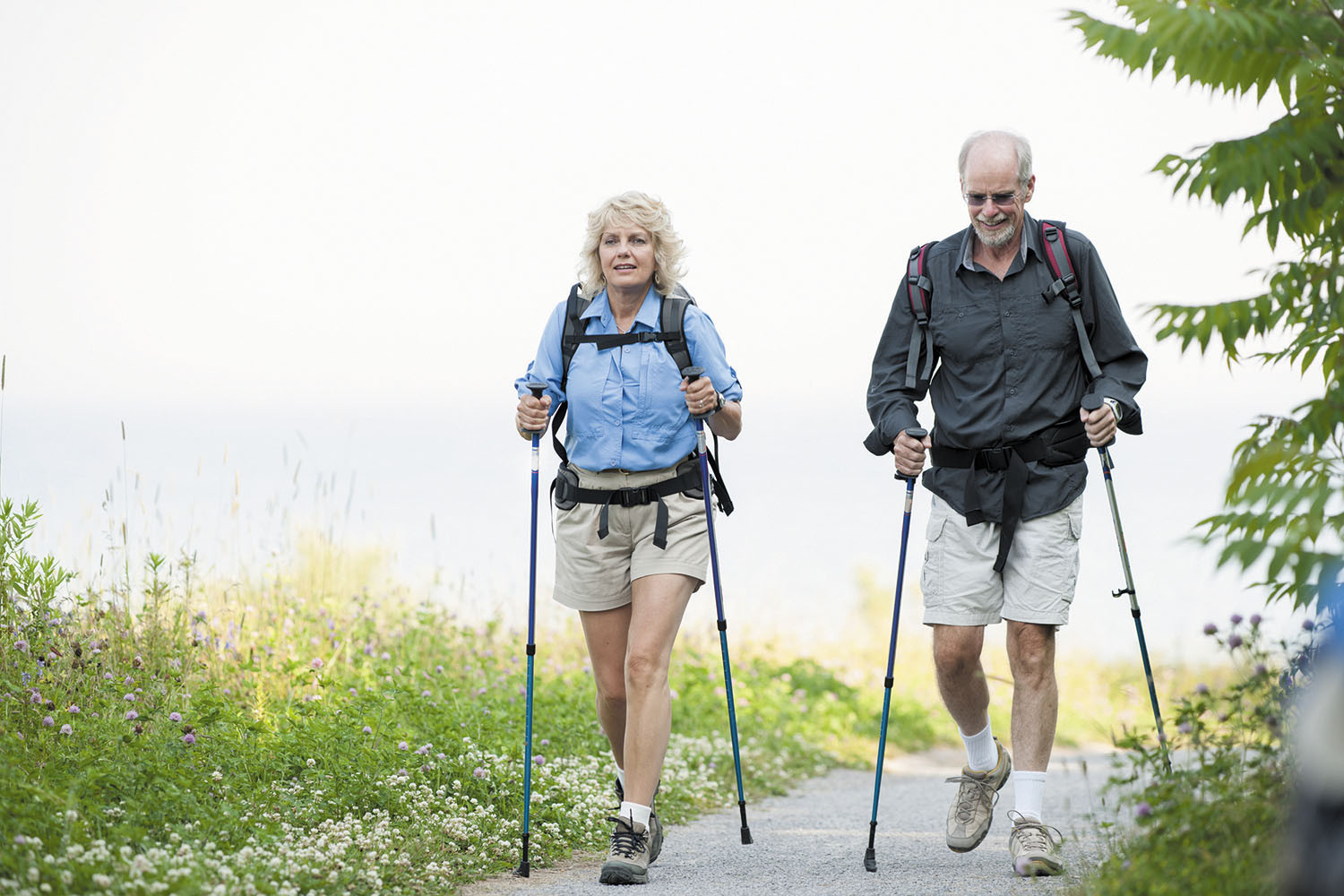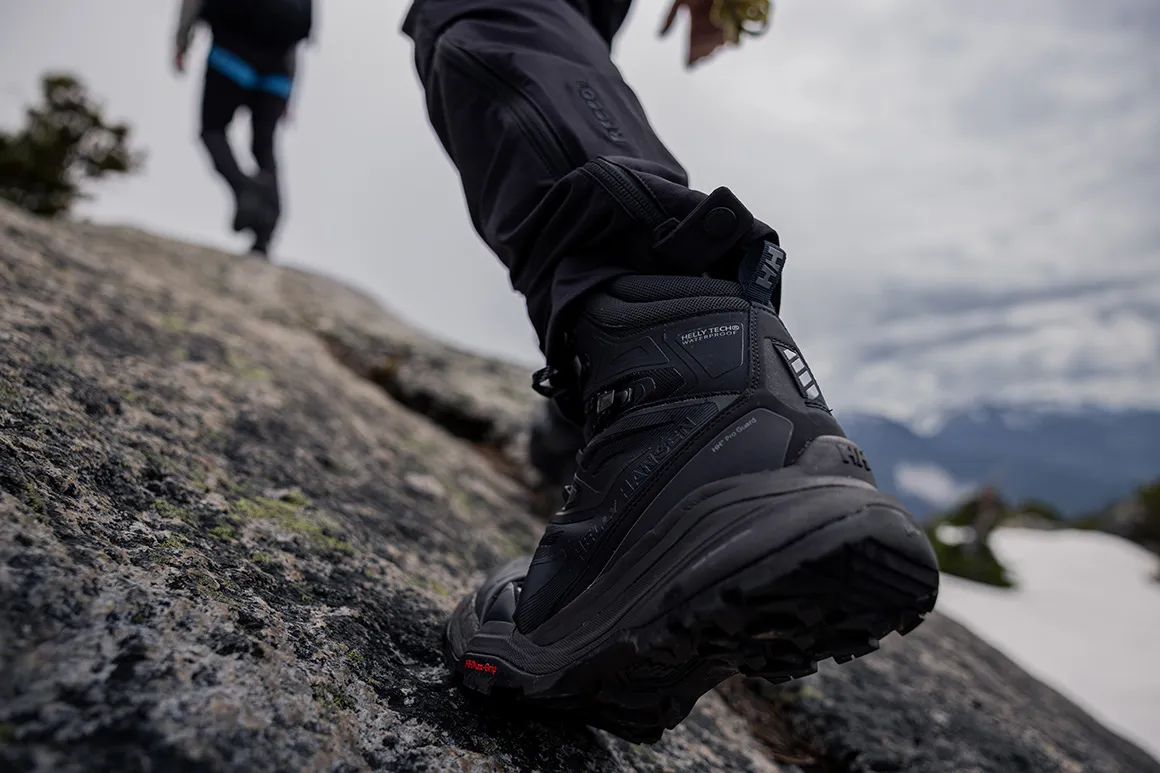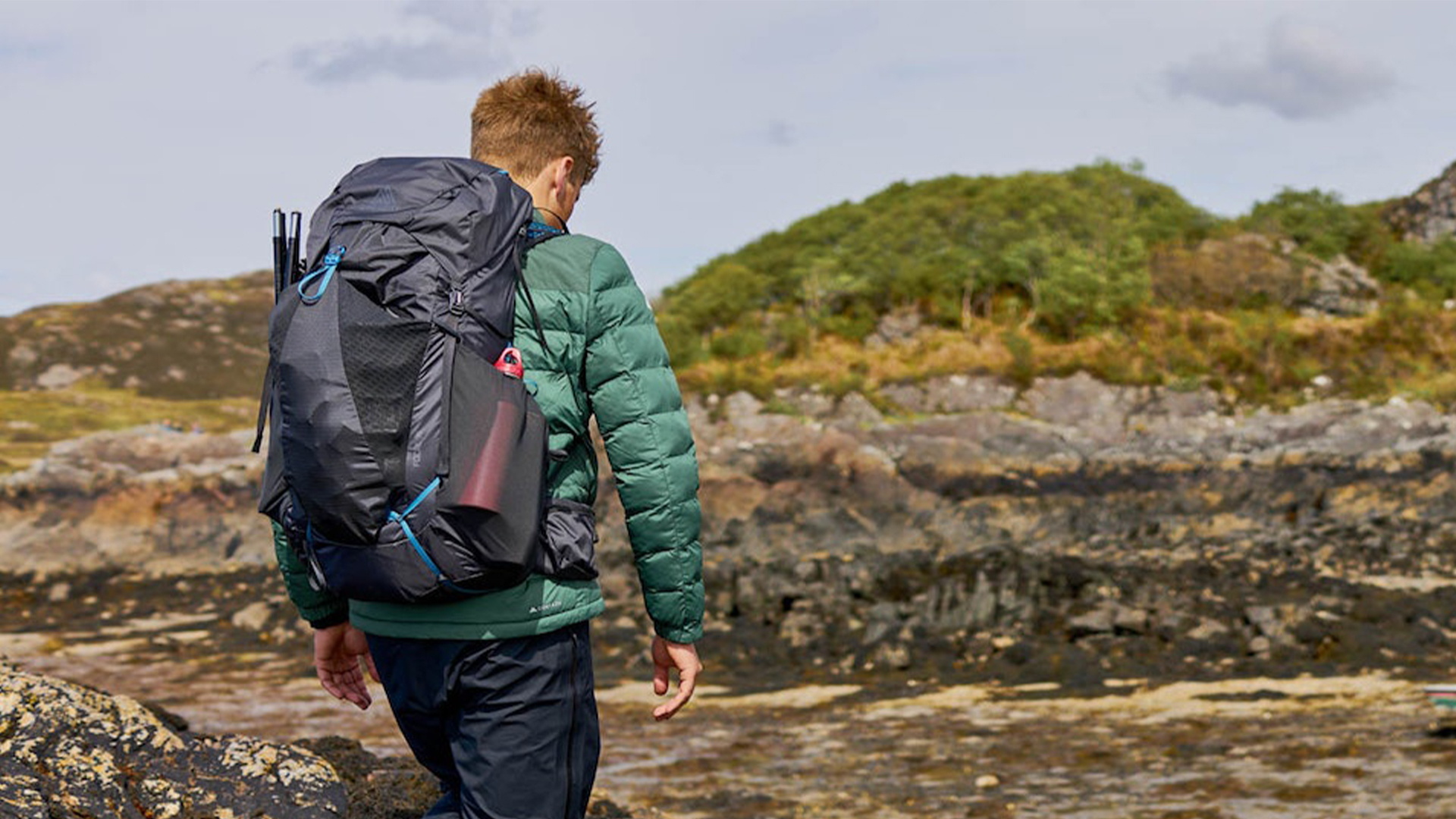Recovery and Performance Tips for Hikers and Outdoor Enthusiasts

Hiking is more than just a workout—it’s an adventure that challenges the body and mind. From steep mountain ascents to long-distance treks, outdoor exploration demands endurance, strength, and resilience. But while many hikers focus on training and gear, one of the most overlooked aspects of performance is recovery. Without a proper recovery strategy, even the strongest hikers can find themselves sidelined by fatigue, soreness, or injury.
Why Recovery Should Be Part of Your Hiking Plan
Every mile you cover on uneven ground puts stress on your muscles, joints, and connective tissues. Over time, this wear and tear adds up. By making recovery an intentional part of your routine, you not only reduce soreness but also build the foundation for long-term progress. Hikers who prioritize recovery notice better stamina, fewer injuries, and a greater ability to take on challenging trails with confidence.
Nutrition: Fuel That Powers and Repairs
Nutrition is one of the most powerful recovery tools available. A hike burns through your body’s carbohydrate stores, which means replenishing them after the trek is critical. Lean proteins help repair muscle fibers that break down during activity, while healthy fats provide steady energy that supports endurance on multi-day trips.
Trail-friendly snacks like nuts, jerky, and dried fruits make it easier to refuel during long hikes. Afterward, balanced meals containing whole grains, lean protein, and vegetables ensure your body has everything it needs to bounce back.

Hydration: The Forgotten Recovery Aid
Hydration often gets attention only when something goes wrong—like cramps or fatigue. In reality, drinking enough water before, during, and after your hike is one of the simplest ways to improve recovery. Electrolyte replacement is especially important on hot days or strenuous climbs. Even mild dehydration can extend recovery time, so hydration should always be a priority.
Smart Training for Endurance and Recovery
Training doesn’t end when you leave the trail. Off-trail exercises, like strength training and flexibility routines, build resilience and reduce the risk of injury. Core strength is particularly important for carrying heavy packs, while leg and back strength provide support for long climbs.
Equally important is rest. Rest days allow your body to adapt and grow stronger. Hikers who balance effort with recovery avoid overtraining and make steady progress without setbacks.
Gear That Supports the Body
The gear you choose also plays a role in recovery. Lightweight backpacks reduce strain on shoulders and hips, while cushioned boots protect joints from impact. Moisture-wicking fabrics help regulate body temperature and prevent chafing. Even small gear adjustments, like trekking poles, can decrease muscle fatigue and support a faster bounce-back after long days.
Modern Approaches to Recovery
Alongside traditional methods like stretching and nutrition, many outdoor athletes are exploring modern recovery options. These can include advanced supplements designed to support energy metabolism, tissue repair, and overall recovery cycles. While not necessary for every hiker, these approaches represent the growing intersection of outdoor adventure and performance science.
A Holistic Approach to Outdoor Fitness
True recovery blends multiple elements—nutrition, hydration, rest, training, and gear. When these work together, hikers find they can push further, recover faster, and enjoy the outdoors more fully. While modern supplements and scientific tools may provide an added boost, they are most effective when used as part of a holistic strategy that respects the body’s natural rhythms.
Conclusion
Recovery is not an afterthought—it’s what makes future adventures possible. By fueling your body with the right nutrition, staying hydrated, training smart, and choosing gear that supports your efforts, you build a foundation for long-lasting outdoor performance. For hikers who want to explore additional options, resources like a sermorelin online store demonstrate how modern recovery science is becoming part of the outdoor fitness conversation.
The trails will always be challenging. With the right recovery strategy, you’ll be ready to meet them with strength, endurance, and energy—again and again.




